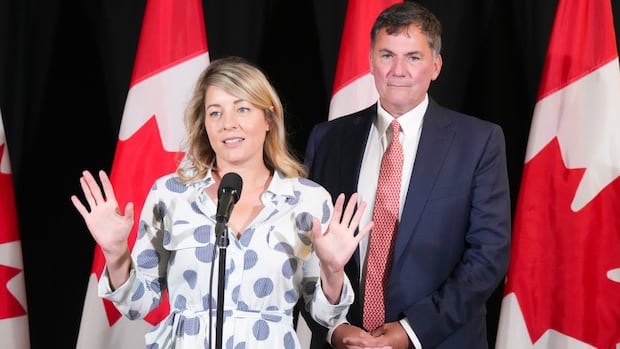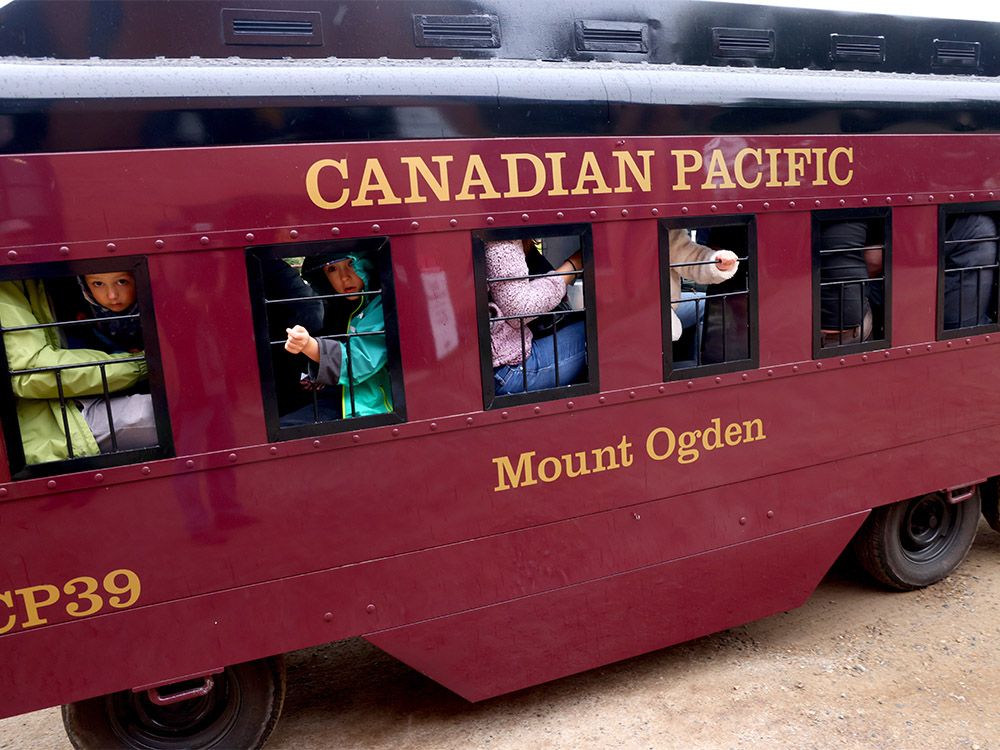Danielle Smith would never accept Ottawa’s oil emissions rules, no matter how flexible
It might not have mattered for the Alberta government’s reaction that what the Trudeau government promised as a 42-per-cent cap on oil and gas emissions will actually only require that industry to curb emissions by 20 to 23 per cent by 2030.
It might also not have been significant that there’s ample flexibility and allowances that technology might not be ready by decade’s end for aggressive emissions curbs — stuff that green advocates call “loopholes.”
Or that this basically works nothing like a hard cap on emissions and more like big-league basketball’s salary cap system, which allows teams to add on more high-priced players if they’re willing to pay the luxury taxes. Under the draft plans Ottawa introduced Thursday, companies can buy credits for extra emissions or pay into a technology fund if they’re not able or willing to live within these proposed federal limits.
It’s not entirely clear Premier Danielle Smith’s reaction would have been any less fiery if the federal Liberal ministers had relented further and only required emissions be 10 or 15 per cent below 2019 levels by 2030, or even if they’d have given resource producers some routes to increasing their greenhouse pollution.
WATCH | Environment minister unveils emissions cap framework:
The federal government unveiled its oil and gas sector emissions cap framework Thursday. It’s not as ambitious as previously promised. Power & Politics speaks to Environment Minister Steven Guilbeault.
Smith government’s premise is that Ottawa essentially has no constitutional right to apply climate regulations on the oil and gas sectors. This means there was perhaps nothing that Environment Minister Steven Guilbeault could have acceptably done at his news conference Thursday — short of scrapping his policy and talking points and, instead, reading past speeches by the Alberta premier.
On this contentious emissions cap targeting Alberta’s most lucrative industry, on Ottawa’s newly released rules to curb methane, and on clean electricity regulations, Smith’s response has been the same. Ottawa’s proposals are not only punitive on emitters and Alberta’s economy, but they are not legitimate because of the province’s jurisdictional rights in the Constitution to govern its power generation and natural resources.
“Singling out the oil and gas industry, which is predominantly focused in a single province — ours — on a resource that is under our exclusive jurisdiction, in my view is a clear violation of the Constitution,” she said.
What would have been acceptable? On the emissions cap and federal climate measures, she prescribed Guilbeault and Natural Resources Minister Jonathan Wilkinson simply abandon their plans and align with Alberta’s, which similarly targets net-zero by 2050 but has far fewer regulations or targets on the path to that mid-century milestone.
Smith has signalled again that she would express her opposition to this new federal framework as a Sovereignty Act invocation in the new year. Last week when she wielded that provincial law the first time, she used it as a springboard to propose a new Crown corporation that could build and operate natural gas plants in a way that would somehow sidestep Ottawa’s grid regulations.
“In this case, we’ll do the same thing,” Smith said.
“If we have to in some way create some certainty so that we do not have a production cap [for oil and gas], so we do not have a production shut-in, we will also be the producer of last resort, whatever that will look like.”
There are certainly competing federal and provincial visions about what Alberta looks like in the 2030s. But now the latter features the province potentially serving as both a power plant developer and an oilsands extractor.

One industry lobby association agreed with Smith’s assertion the rules could force companies to curtail their operations — “making this draft framework effectively a cap on production.”
Pathways Alliance, a consortium of the six biggest oilsands developers, was more circumspect, warning of excessive rules layered over various other government regimes, including the province’s industrial carbon price and offset-trading system.
However, the oilsands group has proposed its own 2030 target on the way to 2050 net-zero, and it amounts to a roughly 27 per cent emissions cut, in the ballpark of Ottawa’s.
Pathways’ statement recognized Guilbeault and Wilkinson “adjusted some of the aggressive oilsands targets suggested in the Emissions Reduction Plan after analysis showed they were not technically achievable.”
While simultaneously stressing the need to act and to crack down on the largest source of Canada’s emissions, the federal ministers also took pains to highlight the flexibility and softness of the cap they’ve proposed. As Guilbeault noted to CBC Radio’s As It Happens, the ministries forecast Canada could produce more oil and gas in 2030 than in 2019 while still meeting these targets — not a point his former environmental activist colleagues may have loved to hear.
And last year’s plan for a cap 42 per cent below previous emissions levels, based on a 2021 election promise to single out oil and gas’s carbon output? Guilbeault called it “aspirational objectives … based on theoretical economic analysis that did not take into account the technical feasibility.”
Much of this new cap, the government has suggested, can be accomplished through carbon capture projects the industry is already pursuing, as well as the stricter methane reduction goals that many industry leaders have said they can meet.

Smith hadn’t seen the federal proposals until their public release Thursday, but her rhetoric afterwards largely resembled the warnings and pushback she’d issued before.
It took a question from a reporter (full disclosure: me) to extract any analysis from either Smith or Alberta Environment Minister Rebecca Schulz on how the substance of the draft framework compared to the more stringent targets Ottawa proposed earlier. “Their production growth assumptions are false. Their technology assumptions are false,” Schulz said from Dubai, referring to her department staff’s quick analysis.
Adding a comparison routinely trotted out in Alberta, Schulz added: “This is the National Energy Program all over again, and this is a huge area of overreach.”
Ottawa’s softened oil and gas cap — can we call it a beret? — and insistence on wanting what’s technically feasible gives the suggestion the Liberals are further open to negotiation and adding flexibility on this proposal. There’s similar acceptance to consider adjustments to the draft Clean Electricity Regulations which already won’t actually make the grid net-zero by 2035 (but that’s analysis for another day).
The Alberta government has been at the table negotiating on those rules, even if Smith deems them illegitimate and unconstitutional. But it’s not clear she’d convey any further compromises as victory, based on where she’s drawn the line.
The federal policy flexibility that Smith will continue to pursue is less bending, more breaking.





